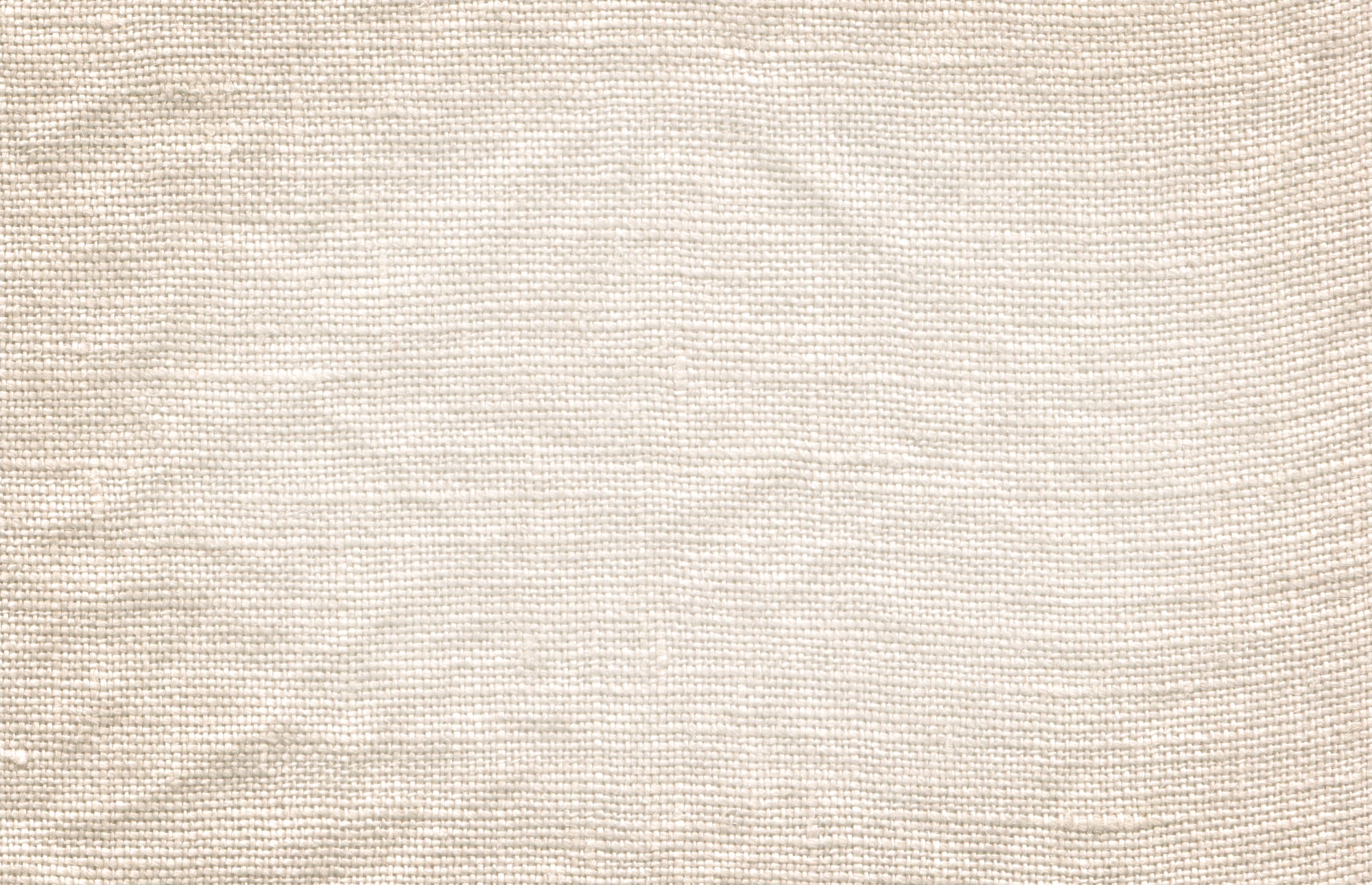Linen use goes back to ancient Mesopotamia. Several of the earliest usages for linen were as burial shadows, as well as coverings for mommies, linen fabric has been found intact in burial places today, a testimony to its resilience. The Egyptians were the initial ones to mass-manufacture linen, and the textile was dealt with as currency between the wealthier Egyptians.
Linen is so implanted in human societies that there are recommendations for linen in the Bible, the Old Testament declares that ordinary individuals are not to blend linen, as well as woolen, while the New Testimony describes angels who wear linen. If you want to check great linen shirts online, please visit the link.
Where is Linen Made from?
Belgium and France are taken into consideration as the best environments for flax plants to expand, though the plant is grown in various other countries, like China, Italy, Canada, as well as Tunisia. The plants are exported around the globe to be developed into linen fabric.
European weaving mills, specifically those in Italy, produce the best quality linen. European linen is understood for being both soft and resilient. Like many materials, the mass of linen production has changed from Europe to Asia, particularly China, recently. China is the leading merchant of linen, as well as the world’s largest linen manufacturing facility remains in Harbin.
How Is Linen Made?
While linen is typically contrasted to cotton, the production process for linen is more time-consuming, as well as costly, as flax fibers are difficult to weave. Some parts of the linen production procedures are currently done by device, but much is still done by hand.
- Flax plants are pulled from the ground, rather than cut, to preserve the length of the fibers.
- The plants are then left in the field to rot a little, which makes it easier to divide the fibers of the flax plant.
- The removed fibers are kept inside for a couple of months to soften further.
- Once got soft, the strand fibers are brushed to remove excess debris and dirt, as well as to separate the brief, and lengthy fibers.
- The long fibers are twisted and then spun while damp to make the thread softer. These lengthy fibers are utilized in things like clothes and sheets.
- 6.6. The small linen fibers get twisted with each other completely dry, which gets made for a much tougher version of linen. These much shorter fibers are utilized for points like upholstery or as a thread for sewing tough fabrics like natural leather.


